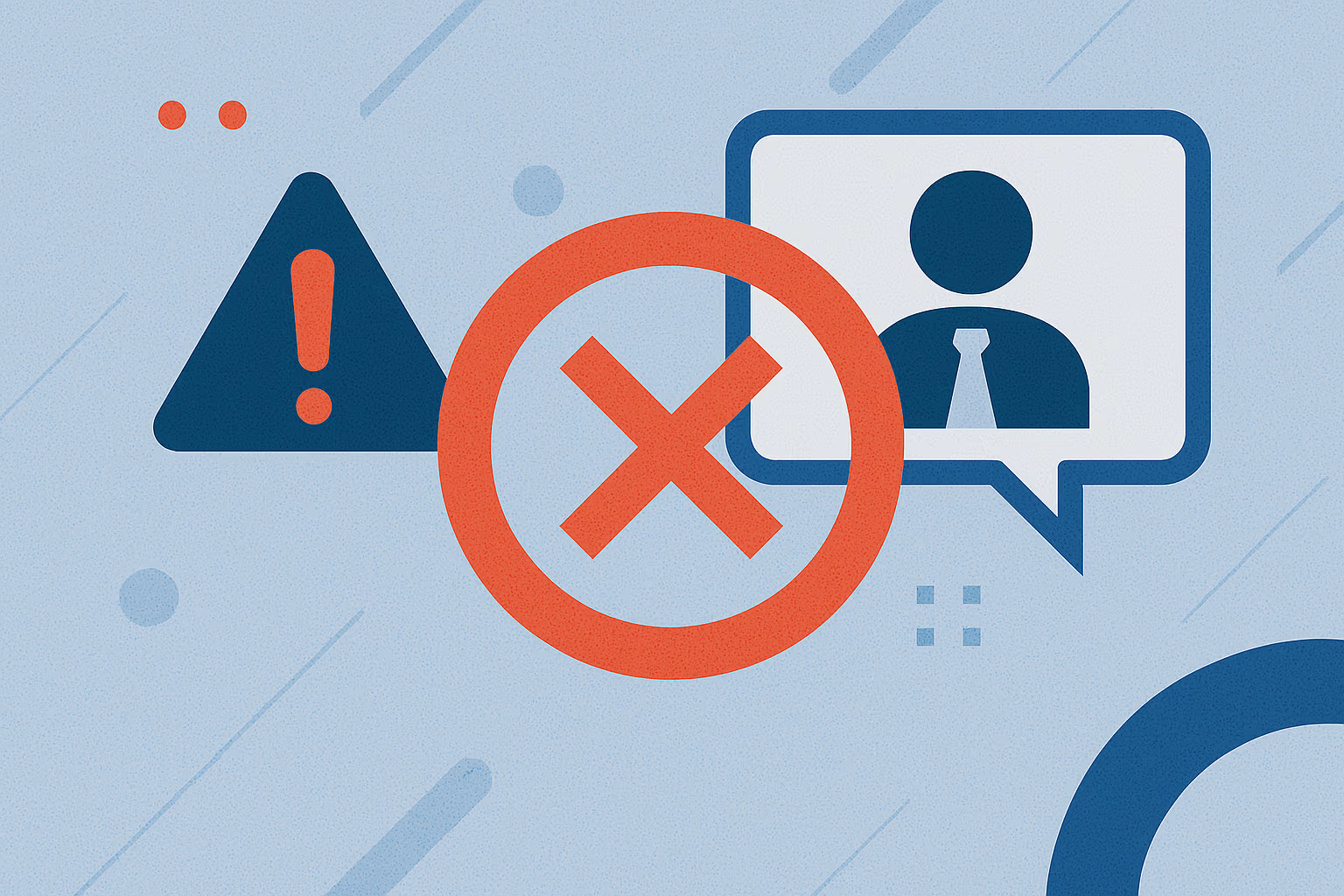The Most Common Mistakes Companies Make During Expert Calls

Introduction:
In an increasingly fast-paced business environment, the ability to access on-demand experts has significantly improved how teams gather insight, validate assumptions, and shape strategic direction. A well-run expert call can accelerate decisions and deliver clarity that traditional methods may not offer quickly enough.
However, while more companies are turning to expert conversations as part of their decision-making process, not all are maximizing the value these interactions can bring.
At Nextyn, we’ve supported hundreds of clients through rapid research engagements. And through that, we’ve seen a few recurring missteps small oversights that can impact the effectiveness of even the most well-intentioned expert calls.
Here are the most common mistakes we see and how to avoid them.
1. Going In Without a Clear Purpose
What happens: Teams join a call without specific objectives, hoping the expert will “just share useful insights.”
Why it matters: Without direction, conversations tend to stay surface-level or drift off-track. You may miss the opportunity to probe on high-impact issues.
What to do instead: Identify 2–3 specific goals ahead of the call whether it’s understanding buying behaviors, validating market size, or pressure-testing a pricing strategy.
At Nextyn, we help clients define these focal points clearly, so the call is purposeful from the start.
.png)
2. Asking Basic or Easily Searchable Questions
What happens: Valuable time is spent on introductory or general market information.
Why it matters: Experts bring the most value when sharing what’s not easily found online practical, experience-based insight that reflects lived realities.
What to do instead: Use prior research as a foundation. Come prepared with context, and focus the conversation on nuance what’s working in the market, what’s changed recently, or what the expert would do differently inyour shoes. That’s where expert insights shine.
.png)
3. Having Too Many Stakeholders on the Call
What happens: A large internal group joins the call, each with their own priorities.
Why it matters: The discussion can become fragmented, and the expert may struggle to engage meaningfully with everyone.
What to do instead: Keep the group lean ideally two or three attendees. Designate one person to lead the discussion, while others listen in or follow up separately. This ensures a more structured, focused conversation.
.png)
4. Skipping Pre-Call Preparation
What happens: Teams rely solely on spontaneous questions.
Why it matters: Calls without preparation often miss critical opportunities for deeper insight.
What to do instead: Review the expert’s background in advance and align internally on your key questions. Good preparation leads to better conversations and faster learning enhancing research efficiency across the board.
.png)
5. Not Capturing and Sharing Takeaways Effectively
What happens: Insights are lost in unorganized notes or scattered across teams.
Why it matters: Without a clear process for capturing and sharing learnings, it becomes difficult to turn insight into action.
What to do instead: Use a standardized format to capture insights after each call, ideally linked to your project’s key focus areas like customer behavior, competitive landscape, or go-to-market risks.
At Nextyn, many clients integrate these notes into internal decision-making frameworks, enabling quick market validation across multiple conversations.
.png)
6. Dismissing Contradictory Opinions
What happens: Feedback that conflicts with internal thinking is ignored or over looked.
Why it matters: Expert calls are most valuable when they challenge assumptions not when they simply reinforce them.
What to do instead: When you hear something unexpected, explore it further. Ask for examples, context, or contrasting viewpoints. These moments often uncover important blind spots and help refine strategy more effectively.
.png)
Making Expert Conversations Work Harder for You
Expert calls are one of the most efficient ways to gain directional insight especially when you’re short on time or navigating uncertain ground. Whether you’re exploring a new market, evaluating a product pivot, or shaping a sales motion, expert conversations enable rapid research without the wait.
At Nextyn, we work closely with clients to streamline this process from identifying the right experts, to structuring the discussion, to ensuring insight translates into action. We believe that speed and depth don’t have to be mutually exclusive and that well-executed expert conversations can strike that balance.
Final Thought
The value of an expert call doesn’t lie in simply having one it’s in how well it’s used.
When approached with clarity, structure, and the right mindset, expert conversations can dramatically improve the quality of decisions, reduce research cycles, and help companies move with confidence.
Avoiding a few common pitfalls is all it takes to unlock that potential.






